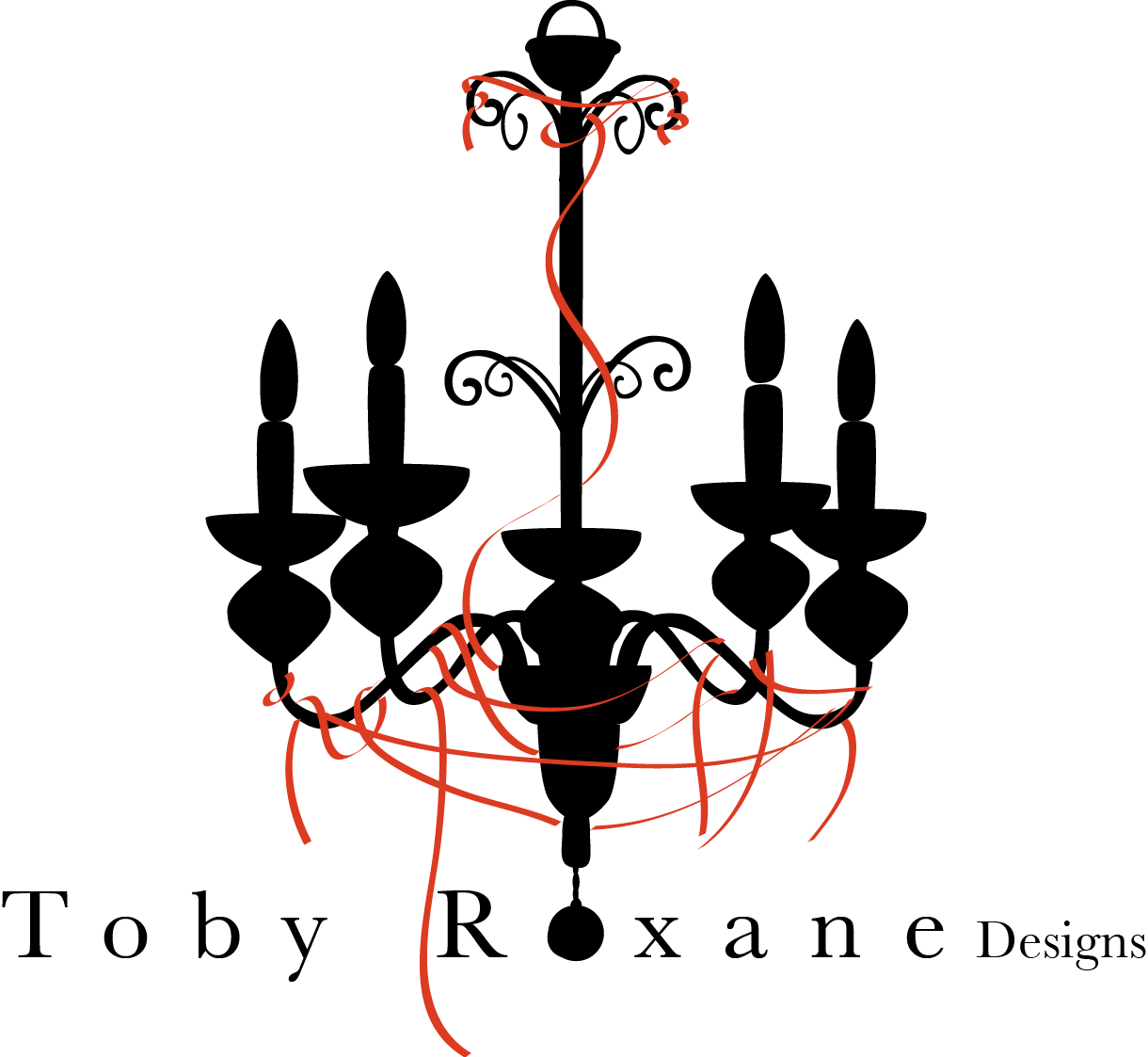There’s a quote from this book I really like called The Art of Subtext by Charles Baxter*:
The distorting effect of wishes in the writing of fiction can hardly be overestimated. In fiction the force of a wish can result in the formal characteristics of fantasy writing. The story becomes the stage, not for truth, but self-actualization. We try to imagine the person as we would like ourselves to be and as a result write a banal and lifelessly idealistic story. Stories of this type commit a number of sins against literature, among them, first, the distortion of events in the service of a positive self-image and, second, the habit of making people out to be better than they actually are. (Baxter, p. 120-121)
I once read another quote somewhere, I don’t remember where, the sentiment of which was that, when you’re starting off trying to be a writer, you have to get the autobiography out of the way first, otherwise everything you write is going to be about yourself. When you put those two quotes together, you get one of the biggest challenges I had as a writer: I was always trying to write about an idealized version of myself. I imagined a person with all my best qualities, fixed all my flaws (both physical and otherwise) and had her do really glamorous** things. This does not generally make for interesting writing, as Baxter said.
But it DOES make for interesting knitwear! I think fashion in general is based on the whole concept Baxter described in that quote—designers imagine an idealized version of themselves (or someone else, either real or imaginary) and dress that person. When you come up with a character and all you have to do is dress them and not torture them with conflict, there’s no reason NOT to idealize them. There’s a certain amount of fantasy in fashion design, even in the most practical garments. I design things that I would want to wear. And the knitting of the Thing I Want to Wear allows for plenty of time to think about where I would wear this thing. What I’d be doing. Who I’d be with. What kind of beverage I’d have in my hand. And in these fantasies, I always edit out the zit on my chin, I’m never in a bad mood, my hair is always perfect, and I’m usually wearing a pair of shoes I could never, ever afford in real life.
I think a lot of people do that while they knit, even if they haven’t designed the garment themselves—maybe especially if they haven’t designed it themselves (my theory is that Rowan has completely capitalized on this concept. Think about the last Rowan sweater you knit. Did you knit it solely because you liked the sweater? Or did you also imagine yourself wearing it on a windswept moor in the Scottish countryside with a border collie and a really hot, rugged man?).
*This is a really great book. It was part of a syllabus I created for myself for an independent study during college and even if you don’t write fiction, it’s worth reading. It’s full of underline-able pearls like “The pointlessness of art is not an argument against it.”
**I will admit that my definition of “glamorous” has always been a bit off. When I was about 9 I thought there was something really glamorous about scullery maids. I’m serious.
